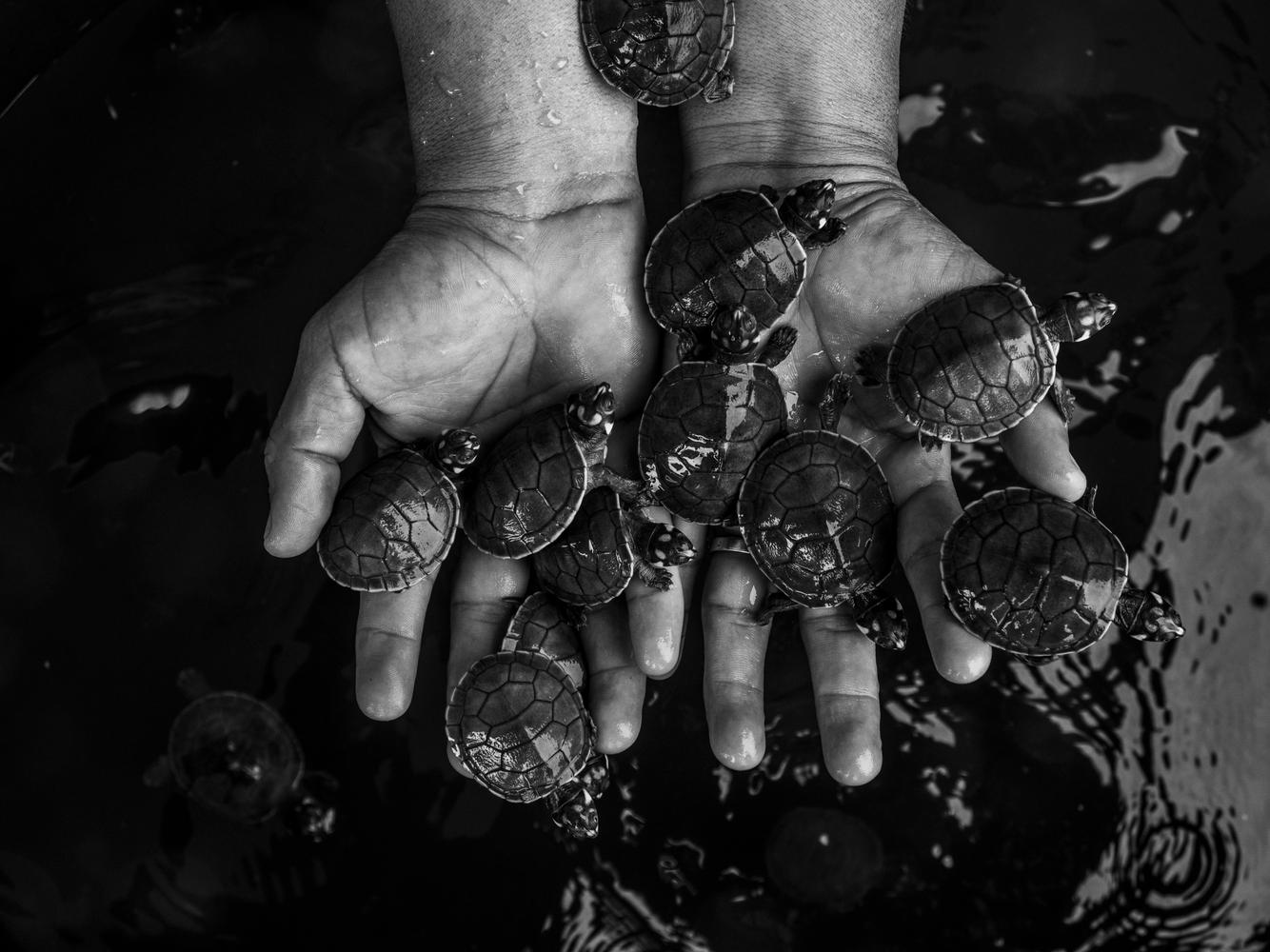
Peru holds more than 3 percent of the world's irrecoverable carbon, with much of it concentrated in swamp forests, or aguajales, of the Peruvian Amazon. These swampy regions span some 4 million hectares (10 million acres) and are dominated by a palm species known as aguaje or the "tree of life" to the Indigenous People who use every part of the plant, from root to leaves.

“Irrecoverable carbon” refers to the vast stores of carbon in nature that are vulnerable to release from human activity and, if lost, could not be restored by 2050 — when the world must reach net-zero emissions to avoid the worst impacts of climate change. Learn more about this critical research.
When looking for an artist to cover this unique landscape, the obvious choice was Musuk Nolte, a Mexican-Peruvian photographer who previously spent time in the Amazon.
Alongside members of the team from Conservation International Peru, Nolte ventured deep into the aguajales at night. There, he captured startling, black-and-white images of the carbon-rich forest, using artificial lighting to illuminate the dense foliage and showcase details that few people get to see.
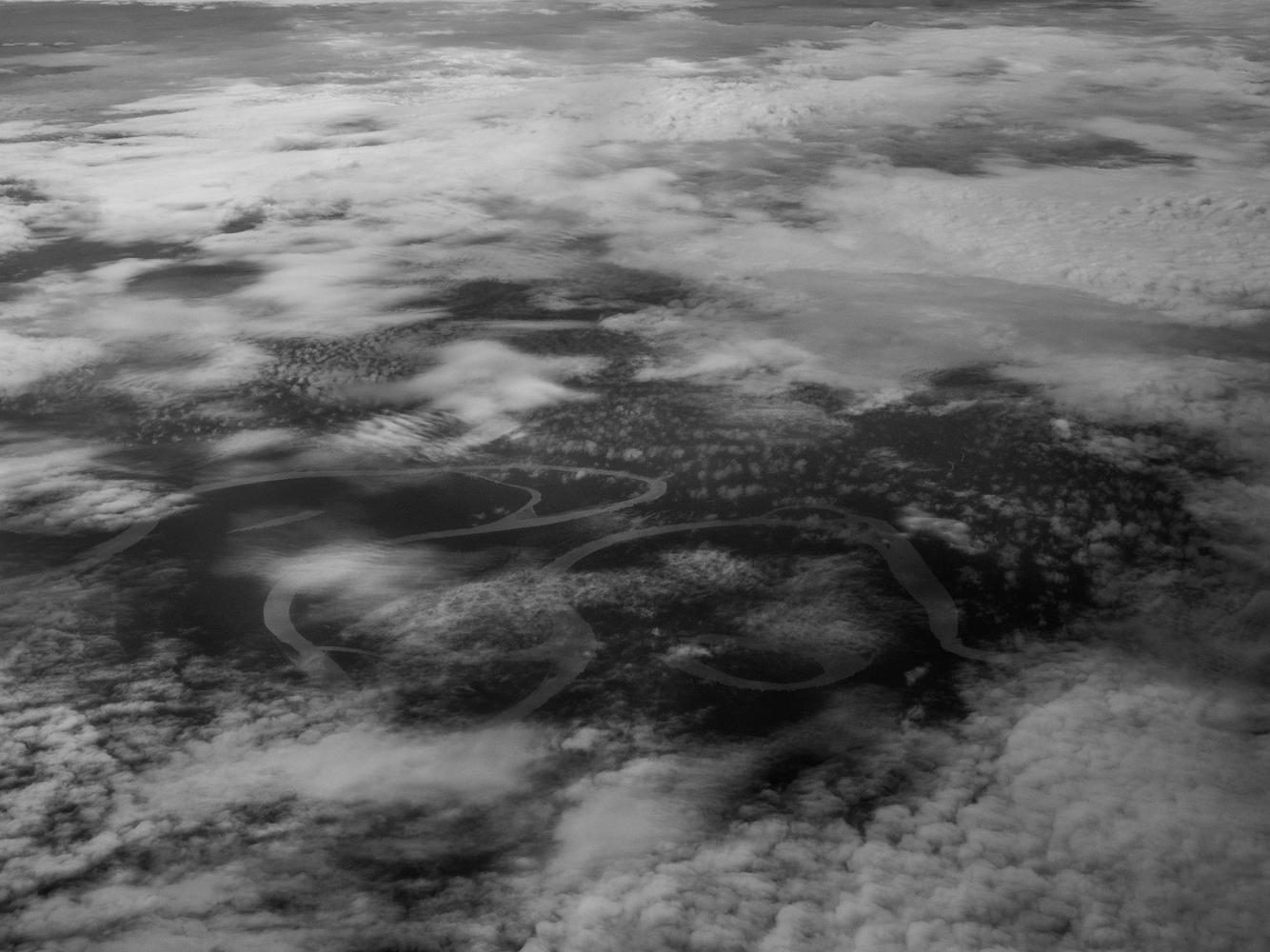
The Pacaya Samiria National Reserve covers an area of 2,080,000 hectares, which is equivalent to 6% of the territory of Loreto and 1.5% of the entire Peruvian territory. This makes it the largest terrestrial National Reserve in Peru and one of the largest flooded forests in South America.
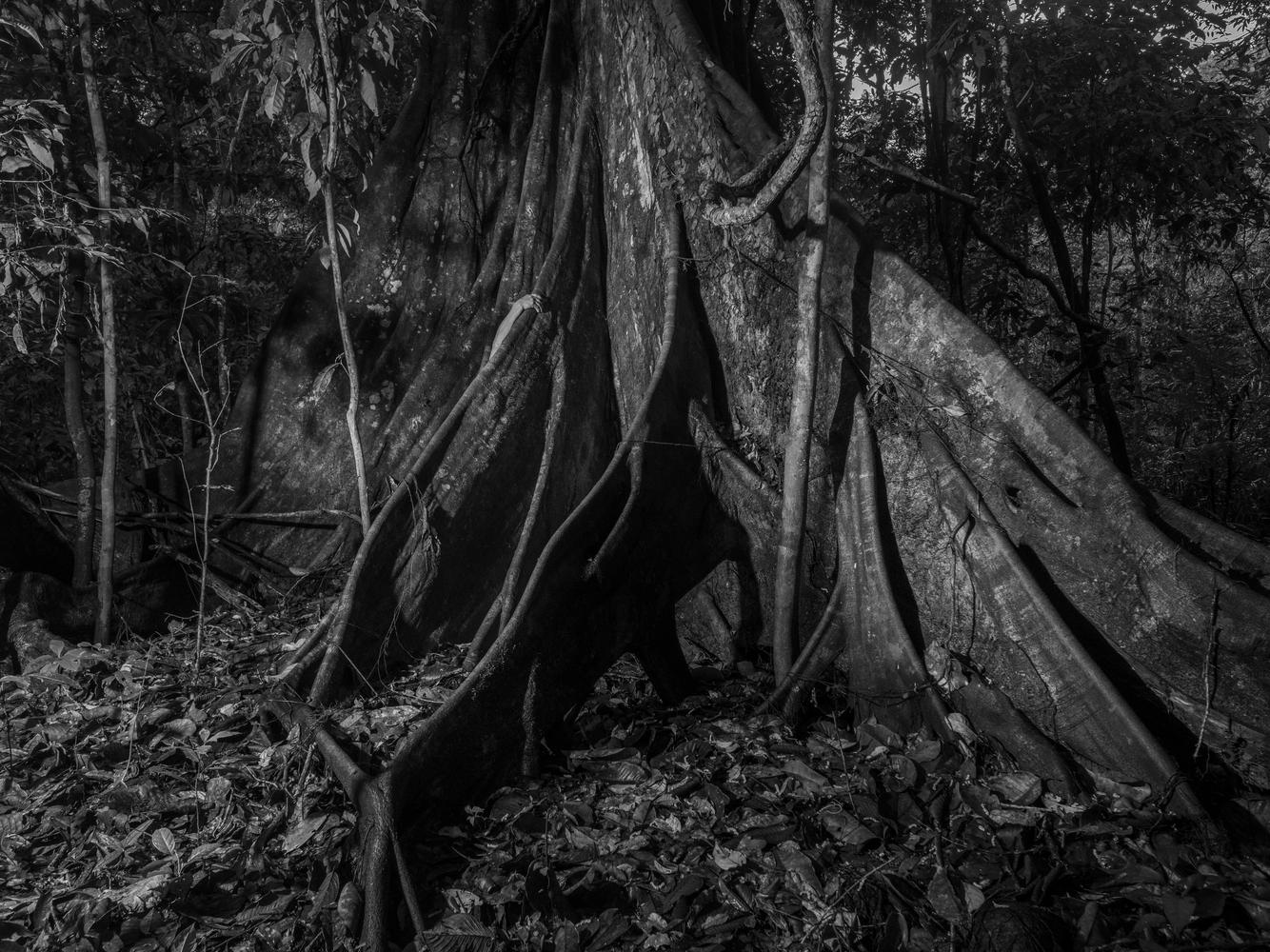
The hand of a park ranger shows the scale of a Lupina tree, one of the largest in the Amazon, whose roots extend several meters underground.
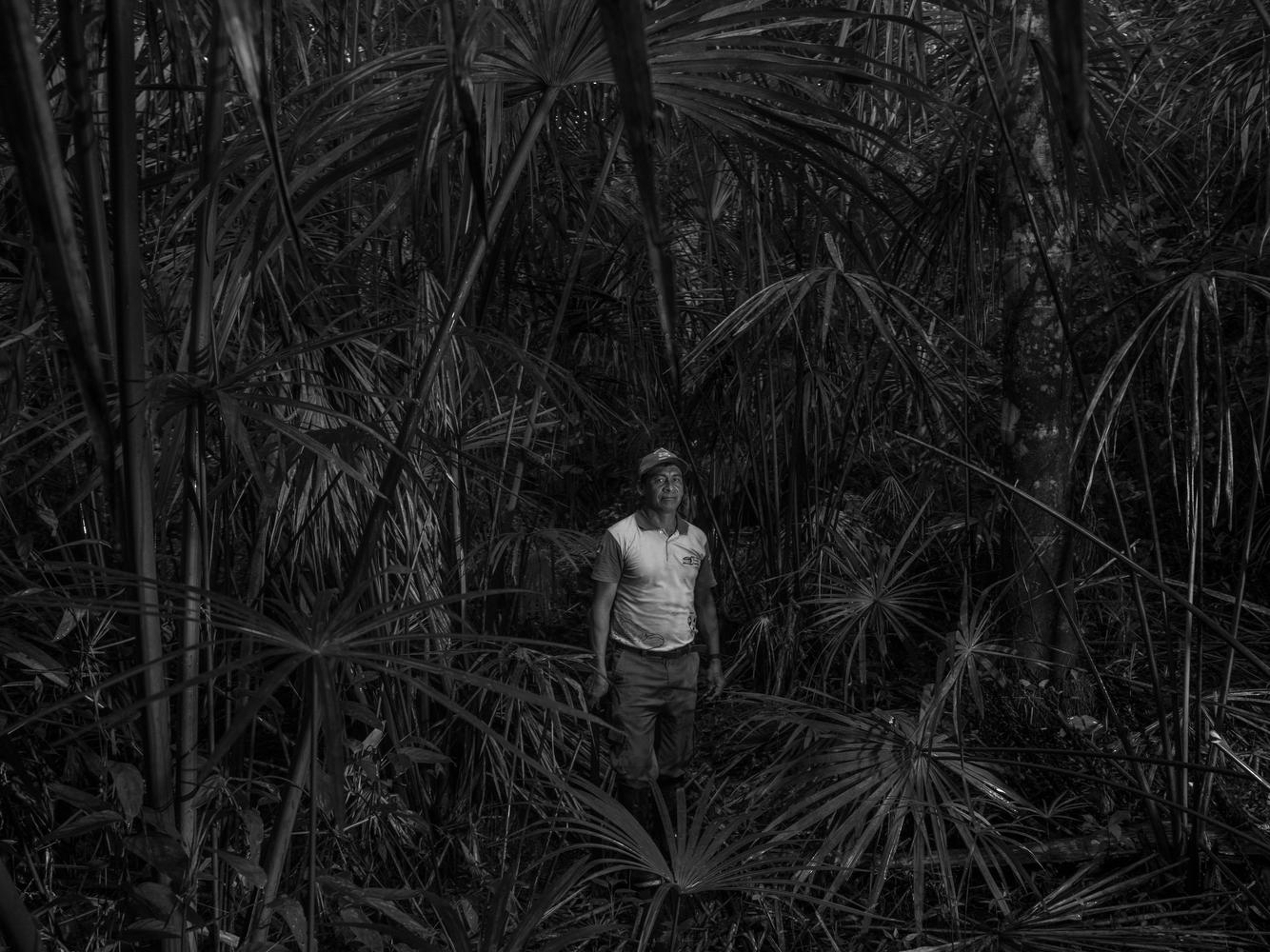
Portrait of park ranger Alfredo Yhuaraqui during an excursion in the reserve. Alfredo belongs to the group of park rangers of the National Service of Protected Natural Areas (SERNANP), who protect and manage visitor access to the reserve, as well as the local population that uses natural resources to ensure their sustainable management.

A group of captive-bred taricayas are counted before being taken to different areas of the reserve and released. More than 30 years ago, the taricaya, an emblematic species of the Amazon, was on the brink of extinction, a situation that has been reversed thanks to conservation actions carried out in various natural areas.
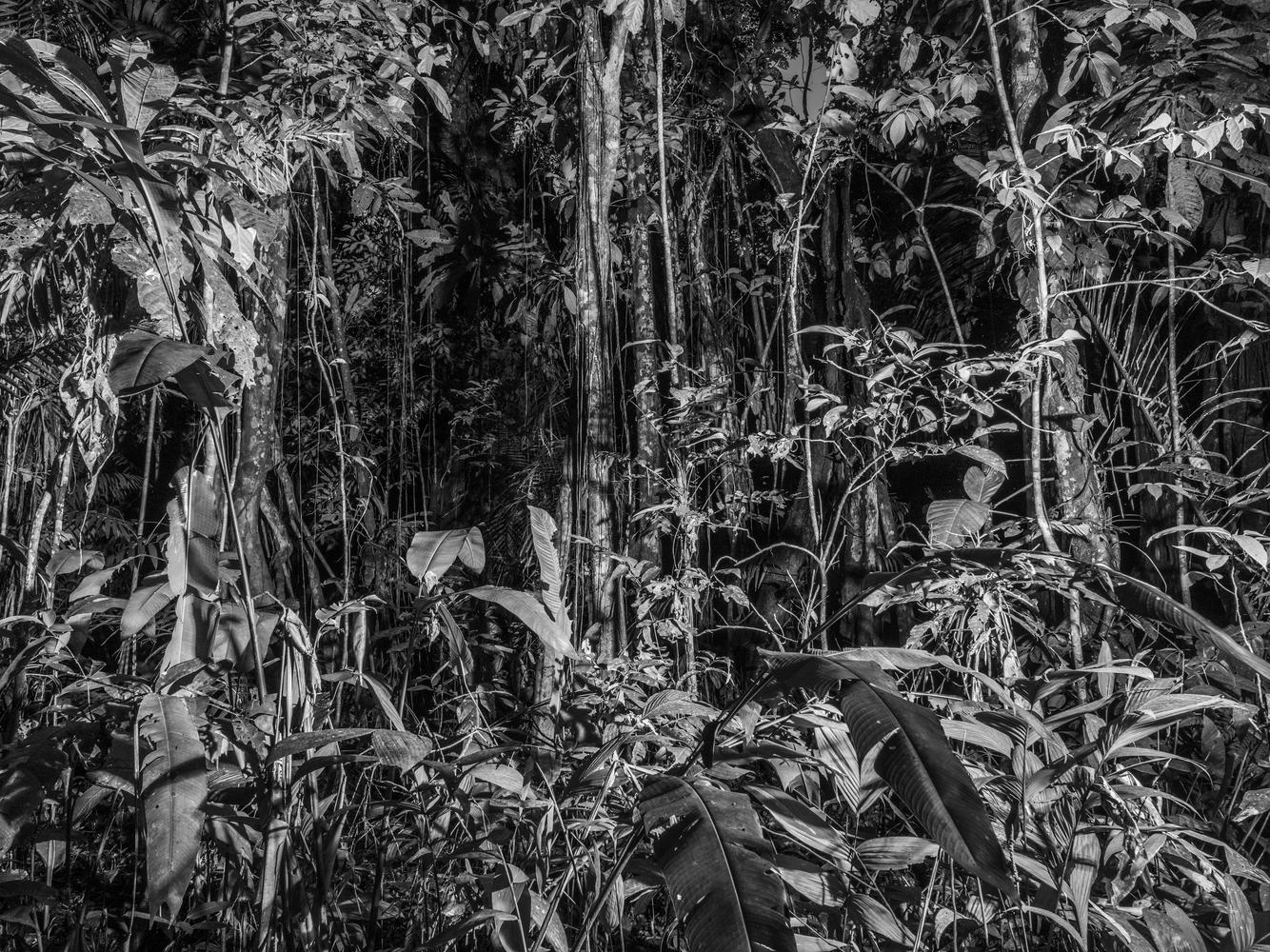
Scene of the biodiversity in a virgin area of the Pacaya Samiria Reserve, Loreto, Peru.
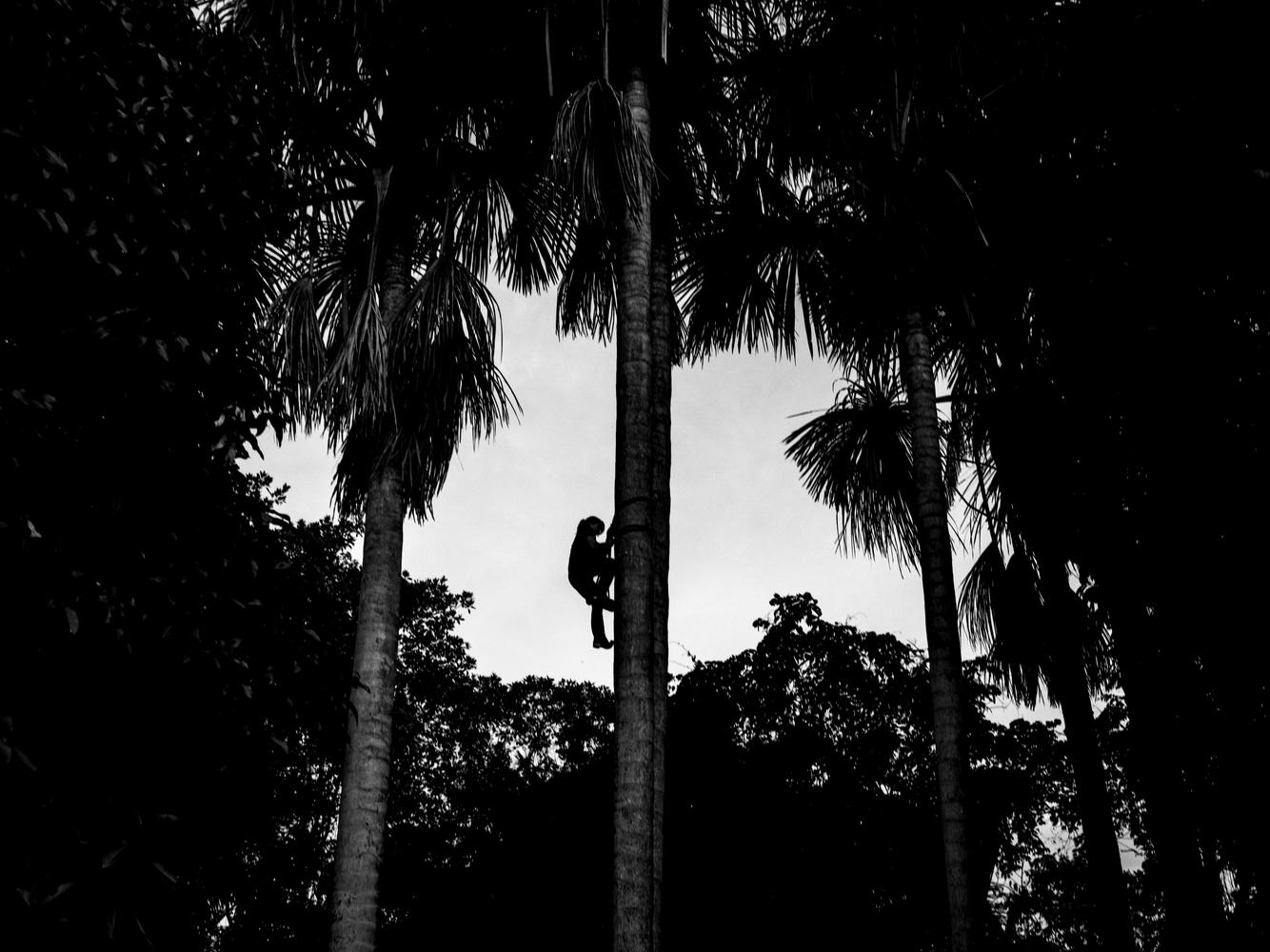
Lizbeth Zamora lives in the "20 de enero" community on the banks of the Yanayacu River. Lizbeth achieved the shortest time in a competition of aguaje harvest, for which they have to climb 7 to 10 meters to the top of the palm tree to extract the fruits, an activity that allows them to have an income without endangering this species.
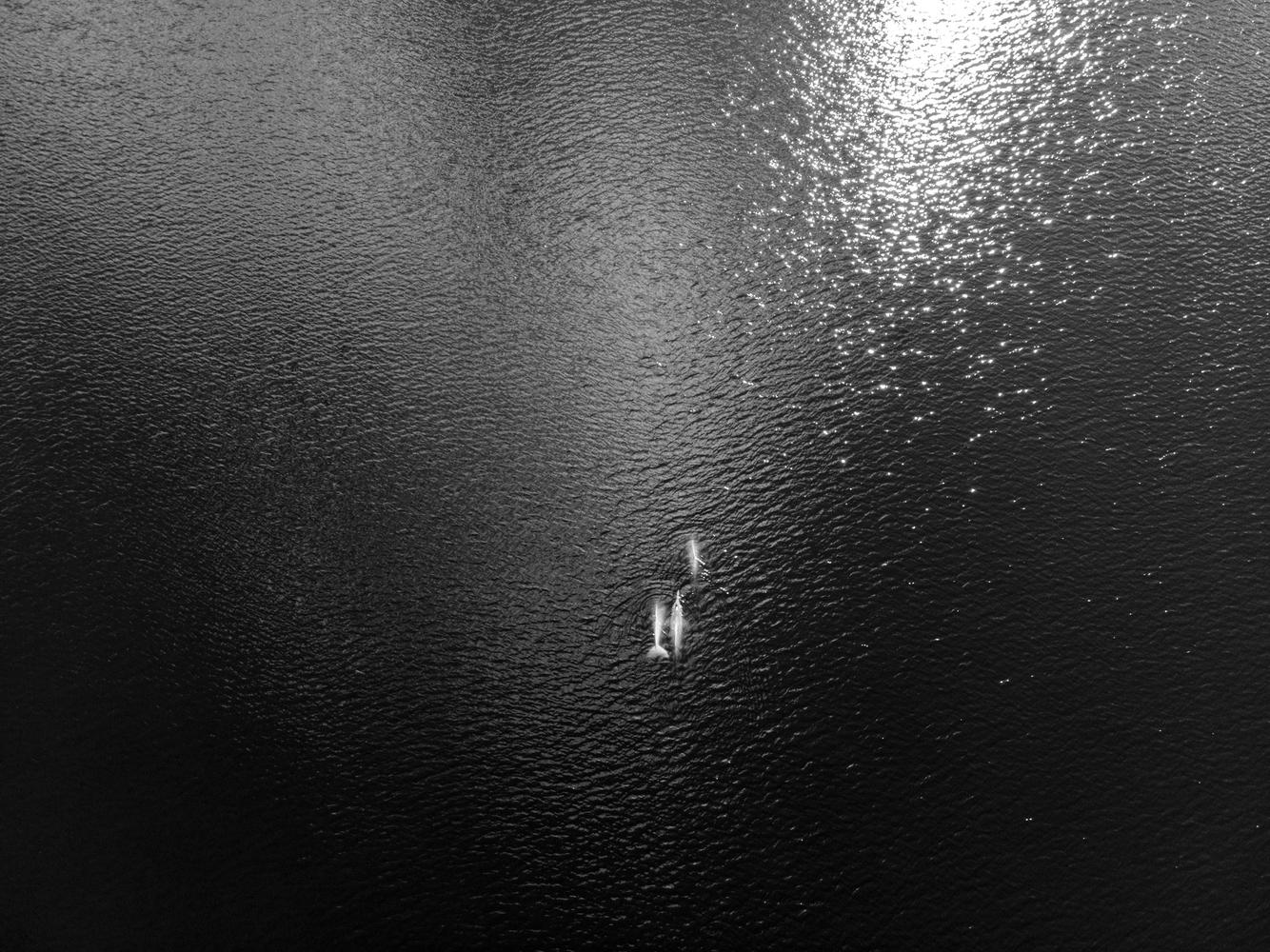
A group of pink dolphins in the Yanayacu-Pucate basin.
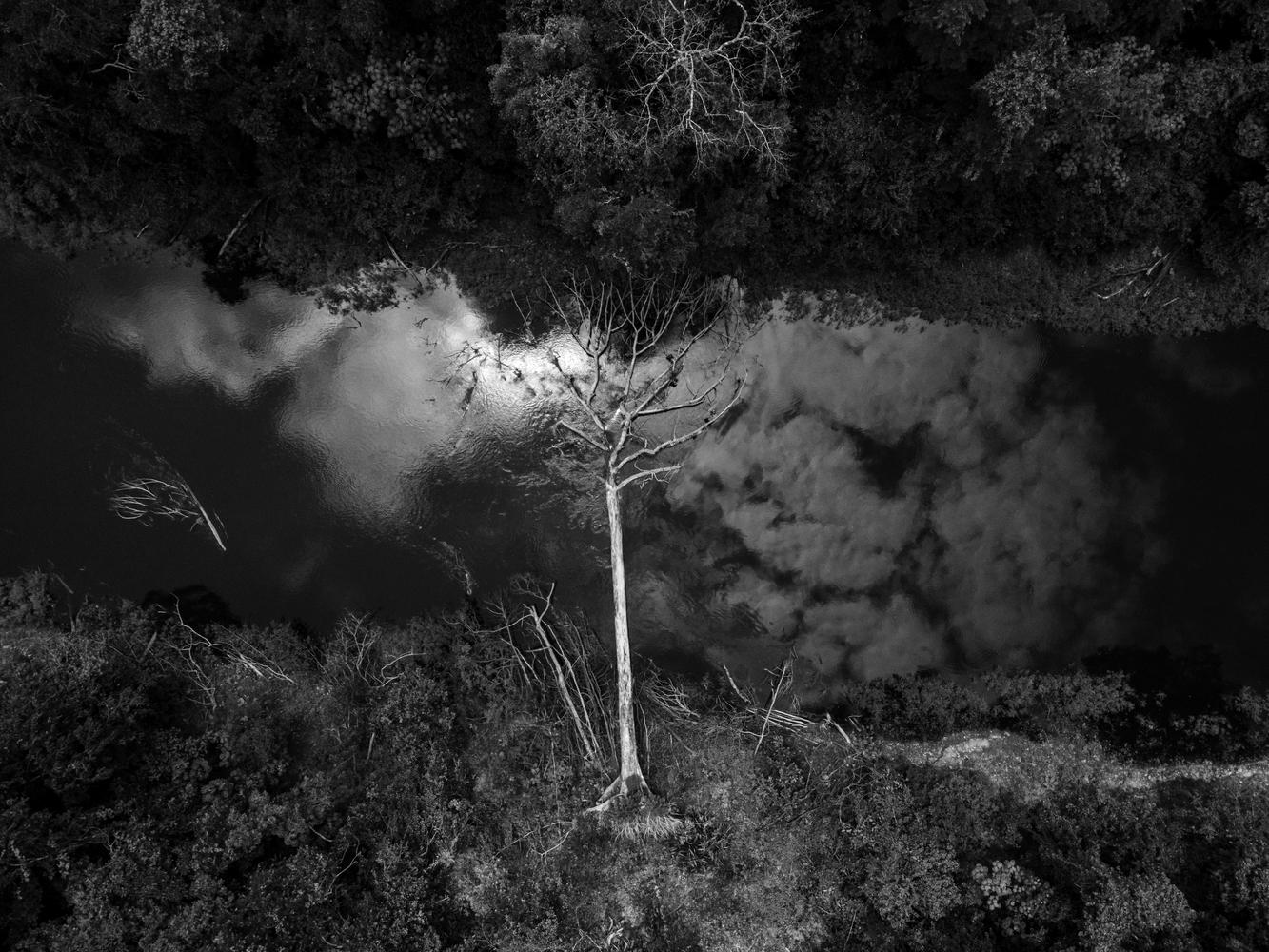
In 2023, the flow of rivers in the Amazon was severely impacted by a drought, which lasted for several weeks, altering the usual cycle of the river ecosystem. This caused the fall of many trees and the restriction of river routes that communities use to move around.